In the diverse world of reptiles, certain species have evolved fascinating symbiotic relationships with mammals. Among these remarkable creatures is the gopher snake (Pituophis catenifer), which has developed a unique lifestyle of sharing underground burrows with various nocturnal mammals. This cohabitation represents one of nature’s most interesting examples of interspecies tolerance and mutual benefit. Through this arrangement, these snakes have secured shelter, protection, and even feeding opportunities while adapting their behaviors to accommodate their furry roommates. Let’s explore this remarkable reptile and the complex relationships it forms beneath the earth’s surface.
The Gopher Snake: Nature’s Burrowing Specialist
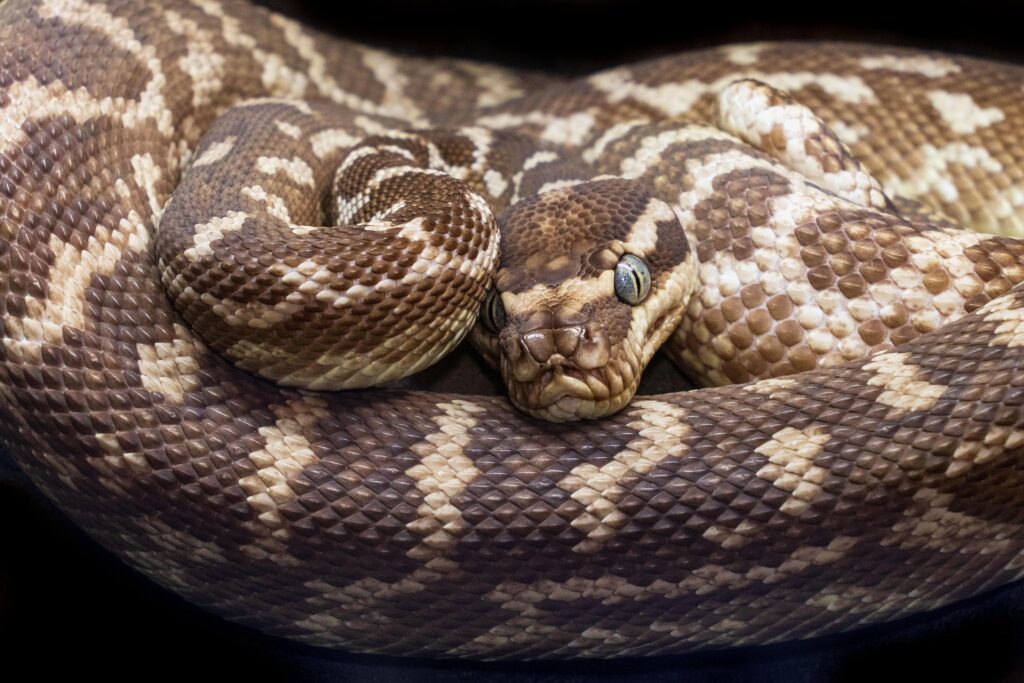
The gopher snake, also known as the bullsnake in some regions, is a non-venomous colubrid species native to North America. Growing between 3-8 feet in length, these constrictors have strong, muscular bodies perfectly adapted for navigating underground tunnels. Their coloration typically features yellowish or cream backgrounds with brown, black, or reddish blotches, providing excellent camouflage in their natural habitats. Despite their intimidating size and defensive behaviors (which include mimicking rattlesnakes), gopher snakes are generally docile unless threatened. Their ability to thrive in various ecosystems, from deserts to grasslands, demonstrates their remarkable adaptability, particularly in their willingness to share living quarters with mammals that many would consider their prey.
Underground Real Estate: Why Burrow Sharing Occurs
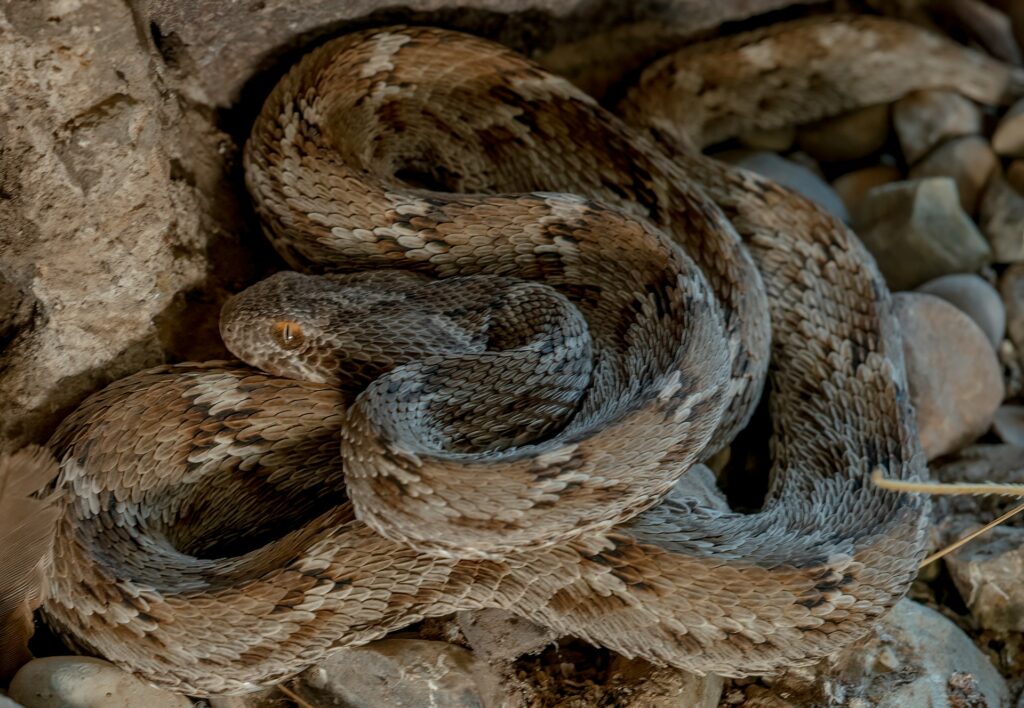
The primary motivation behind this unusual living arrangement is straightforward: digging substantial burrows requires significant energy, and these snakes have evolved to take advantage of ready-made shelters. Excavating tunnels in hard soil is physically demanding work that many mammals are better equipped to handle with their strong claws and digging instincts. For the opportunistic gopher snake, moving into an established burrow system offers protection from predators and extreme weather conditions with minimal energy expenditure. Additionally, these underground networks provide stable temperature and humidity levels crucial for the snake’s thermoregulation needs. This adaptation demonstrates the remarkable evolutionary strategy of energy conservation, allowing these reptiles to allocate more resources toward hunting and reproduction rather than home construction.
Common Mammalian Roommates
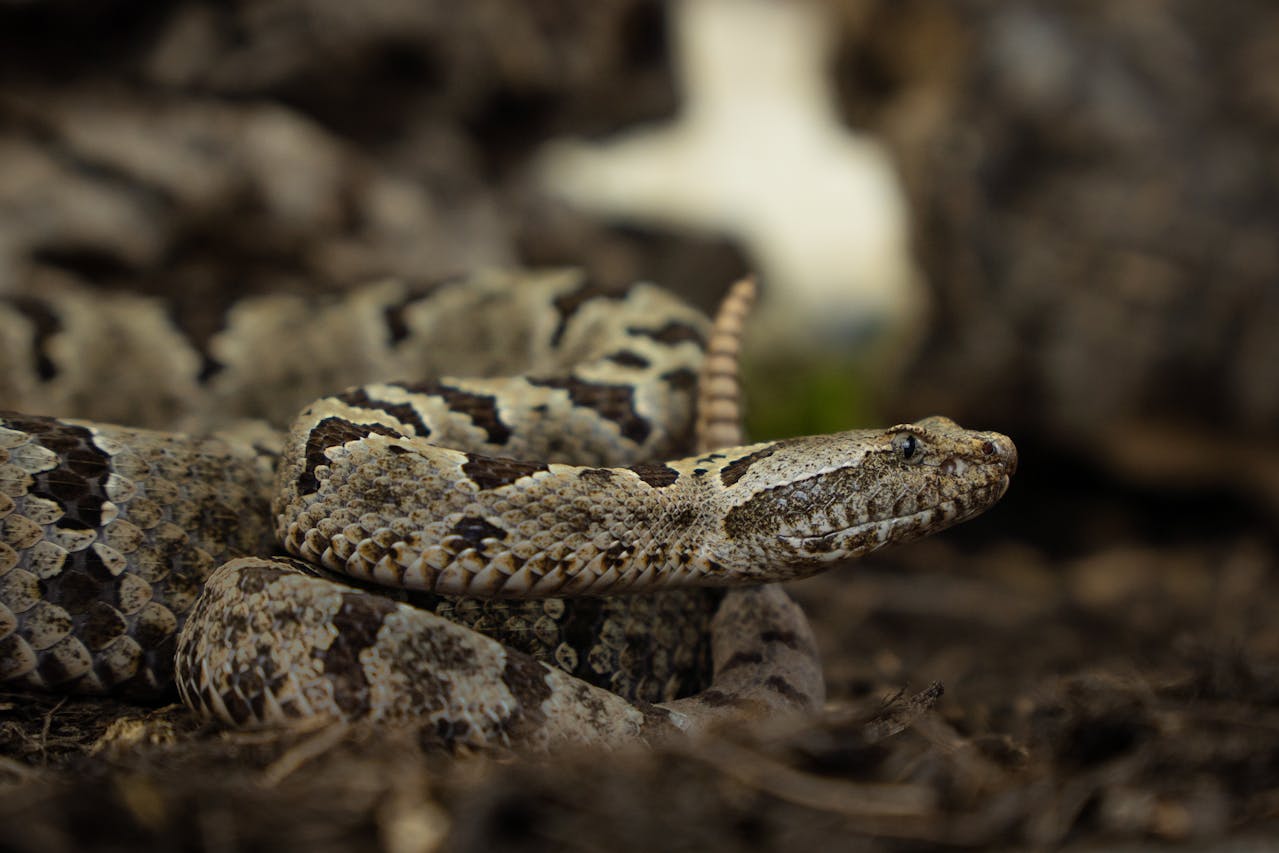
Gopher snakes frequently share their underground accommodations with a variety of small to medium-sized mammals. Pocket gophers, from which the snake derives part of its name, are common cohabitants, creating extensive tunnel systems that snakes readily utilize. Ground squirrels, prairie dogs, and kangaroo rats also frequently find themselves sharing their homes with these serpentine tenants. Burrowing owls, while not mammals, represent another fascinating burrow-sharing species that occasionally coexists with gopher snakes in abandoned prairie dog towns. Desert tortoises may also share their burrows with these adaptable snakes in arid regions. The diversity of potential roommates highlights the gopher snake’s remarkable ability to coexist with species that might otherwise view it as a threat.
The Uneasy Truce: Predator-Prey Dynamics
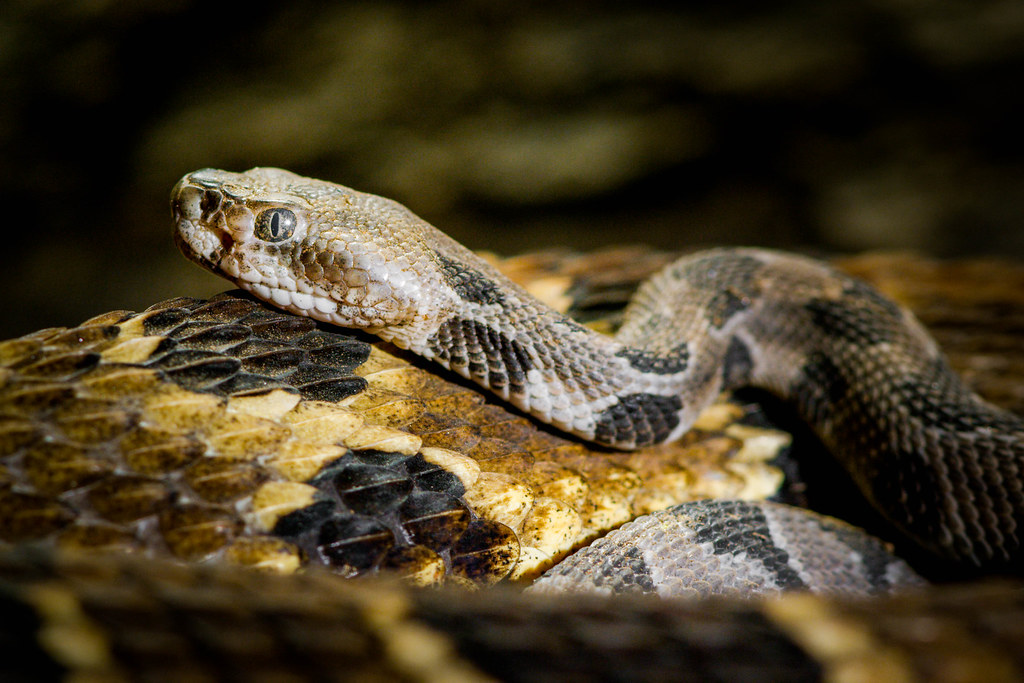
Perhaps the most fascinating aspect of this relationship is the complex predator-prey dynamic that exists between the snake and its mammalian hosts. Gopher snakes primarily feed on rodents, including the very species whose burrows they share, creating what appears to be a contradictory arrangement. This peculiar situation can be explained partly by timing—the snakes may occupy portions of burrow systems that are currently uninhabited or visit active burrows when residents are absent. In some cases, the burrow’s original inhabitants may tolerate the snake’s presence due to chemical signals that temporarily suppress the snake’s hunting instincts. Evidence suggests that during certain periods, particularly hibernation, the predatory drive diminishes, allowing for peaceful coexistence. This delicate balance represents one of nature’s most intriguing compromises between the need for shelter and the drive to hunt.
Seasonal Patterns in Burrow Sharing
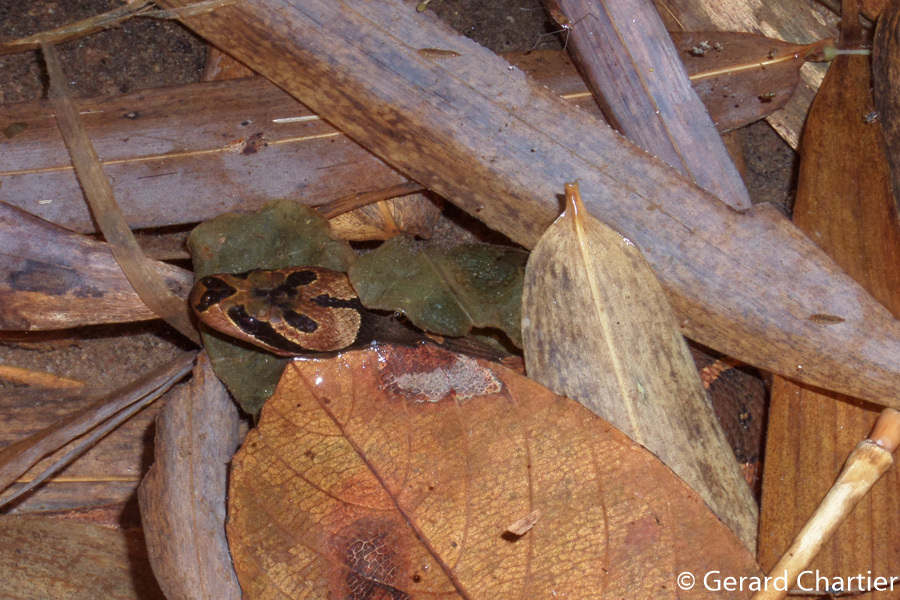
The frequency and nature of burrow sharing exhibits distinct seasonal patterns that reflect the changing needs of both the snake and its mammalian hosts. During winter months, gopher snakes often seek deeper, more insulated sections of burrow systems for brumation (reptilian hibernation), sometimes forming aggregations with other snakes or even different species seeking similar thermal benefits. Spring brings renewed activity as snakes emerge to bask and begin their mating season, often utilizing burrow entrances as basking platforms while maintaining access to quick underground retreats. Summer heat in many regions drives both snakes and mammals to spend more daylight hours underground, increasing the likelihood of encounters. Fall sees increased burrow utilization as snakes prepare for winter, sometimes selecting new burrow systems with optimal hibernation conditions. These seasonal shifts demonstrate the dynamic nature of these interspecies living arrangements.
Mutual Benefits: The Upside of Cohabitation
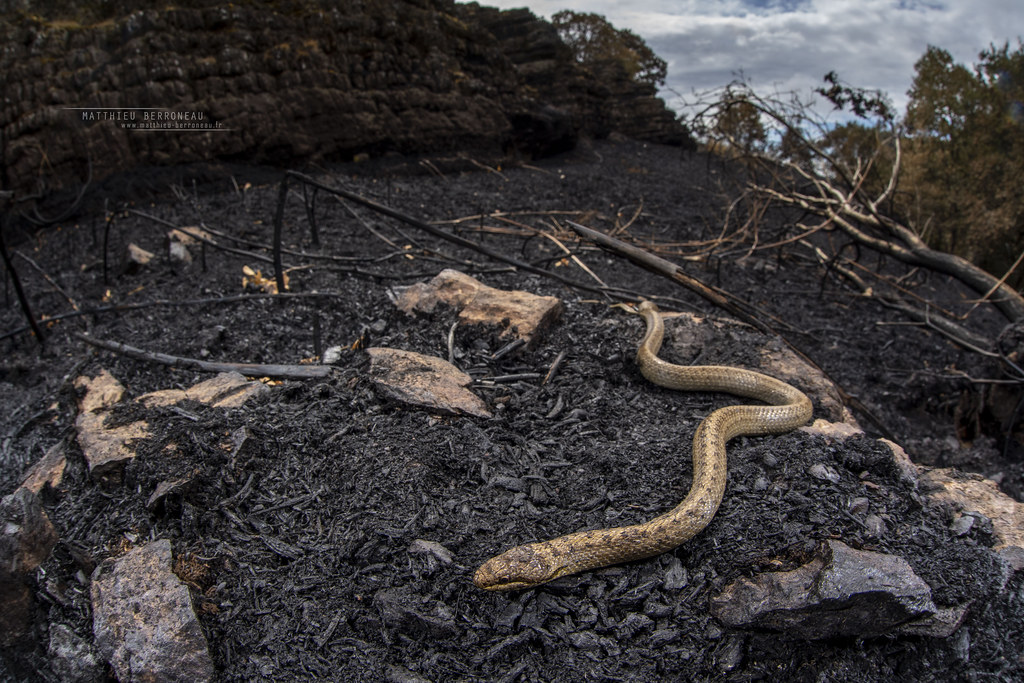
While it might seem counterintuitive, this unusual living arrangement can provide benefits for both parties under certain circumstances. For the gopher snake, beyond the obvious advantage of a ready-made shelter, mammal burrows offer thermal regulation crucial for these ectothermic creatures. The presence of a snake may actually benefit mammalian hosts by deterring other predators that might threaten the burrow system. Some evidence suggests that gopher snakes occasionally consume other snake species, including venomous ones, potentially providing protection for the burrow’s primary residents. Additionally, the snake may prey upon insects or other invertebrates that could otherwise become pests within the burrow system. This mutually beneficial arrangement, while not a true symbiosis, represents a fascinating example of opportunistic tolerance in the natural world.
Adaptations for Underground Coexistence

Gopher snakes have developed specific physiological and behavioral adaptations that facilitate their underground lifestyle alongside mammals. Their streamlined skull shape and reinforced nasal bones help protect against injury while navigating tight spaces and encounters with digging mammals. Unlike many snake species, gopher snakes possess excellent low-light vision and heightened vibration sensitivity, allowing them to detect mammal movements through the substrate. Their respiratory system is highly efficient, enabling them to thrive in the lower-oxygen environment of deep burrow systems. Behaviorally, they’ve developed a remarkable capacity to remain motionless for extended periods when sharing active burrows, reducing stress to mammalian hosts and decreasing the likelihood of confrontational encounters. These specialized adaptations highlight the evolutionary investment in this unique lifestyle strategy.
Burrow Architecture and Snake Preferences
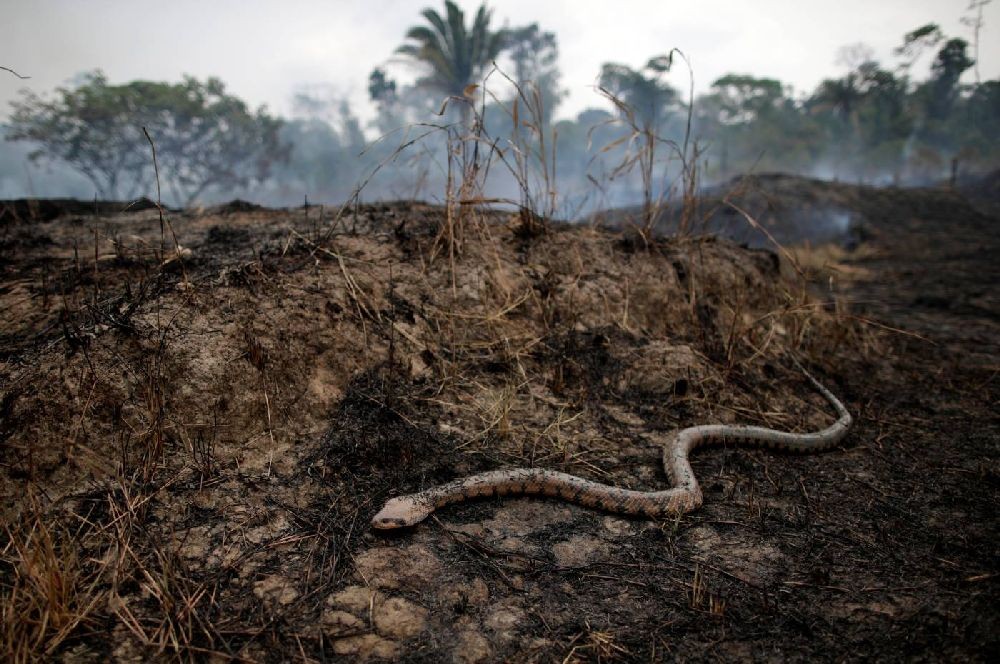
Not all mammal burrows are equally attractive to gopher snakes, with certain architectural features proving more desirable than others. These discerning reptiles show a marked preference for burrow systems with multiple entrances and exits, providing escape options and better air circulation. Systems with varied chamber depths offer thermal gradients that allow the snake to regulate its body temperature by moving between warmer and cooler sections. Burrows situated in areas with mixed sun and shade exposure are particularly valuable, as they provide greater temperature stability throughout seasonal changes. Research has shown that these snakes most frequently utilize older, more established burrow systems with complex networks of tunnels, as they offer the greatest diversity of microhabitats and security options. These preferences demonstrate the sophisticated habitat selection behaviors exhibited by these remarkably adaptable reptiles.
Communication and Conflict Avoidance
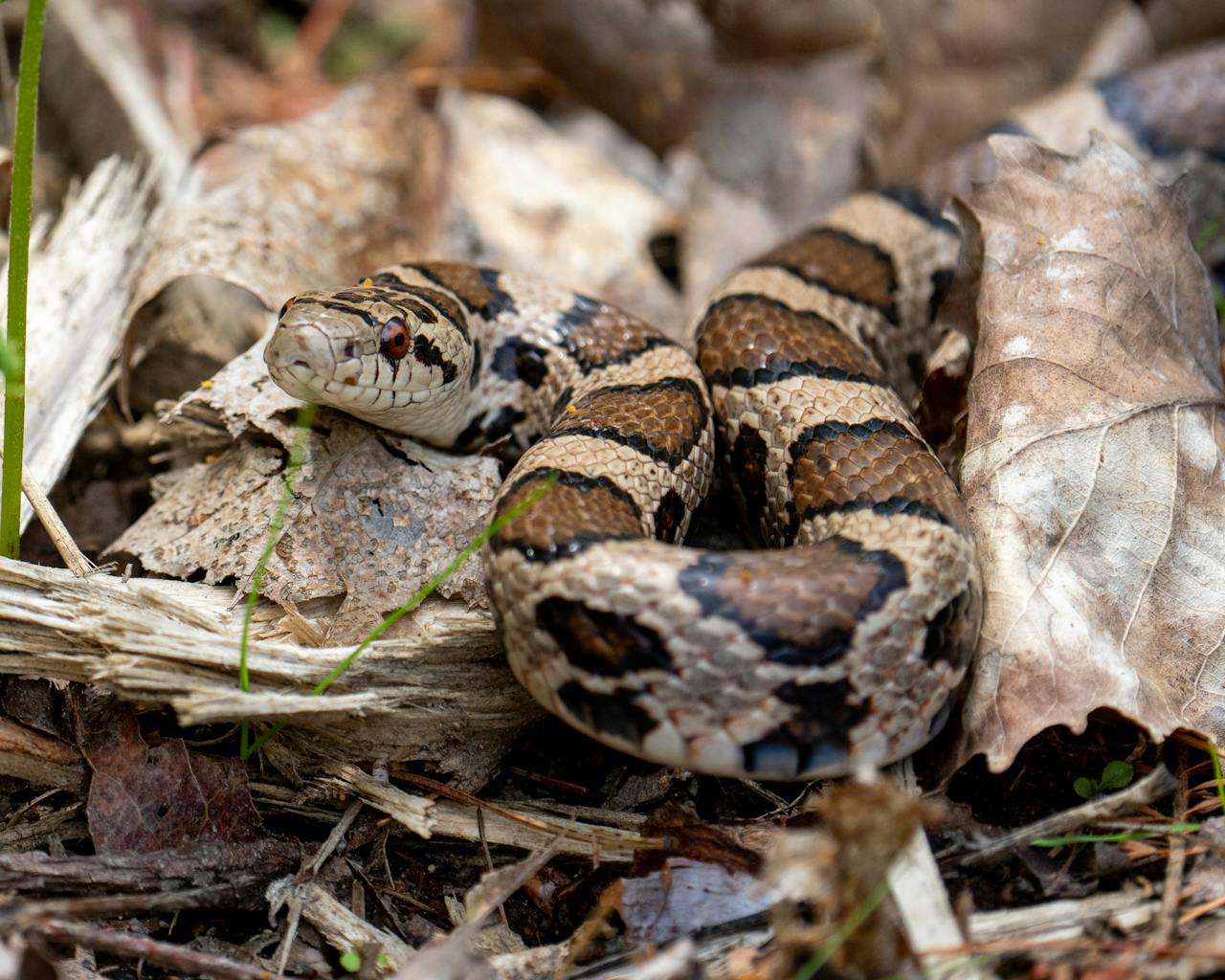
The successful sharing of confined spaces between predator and potential prey species requires sophisticated mechanisms of communication and conflict avoidance. Gopher snakes employ a complex system of chemical signaling through pheromones that may temporarily indicate non-aggressive intentions to mammalian hosts. They typically time their movements through active portions of burrow systems to minimize direct encounters, often utilizing the tunnels when mammalian residents are foraging above ground. When confrontations do occur, these snakes frequently employ non-aggressive defensive postures rather than immediate predatory responses, potentially allowing for continued cohabitation. Research suggests that individual snakes may develop specific behavioral patterns around particular mammal species they regularly encounter, effectively learning the optimal strategies for peaceful coexistence. This nuanced behavioral flexibility represents a remarkable evolutionary adaptation to a challenging ecological niche.
Human Impact on Burrow-Sharing Behaviors
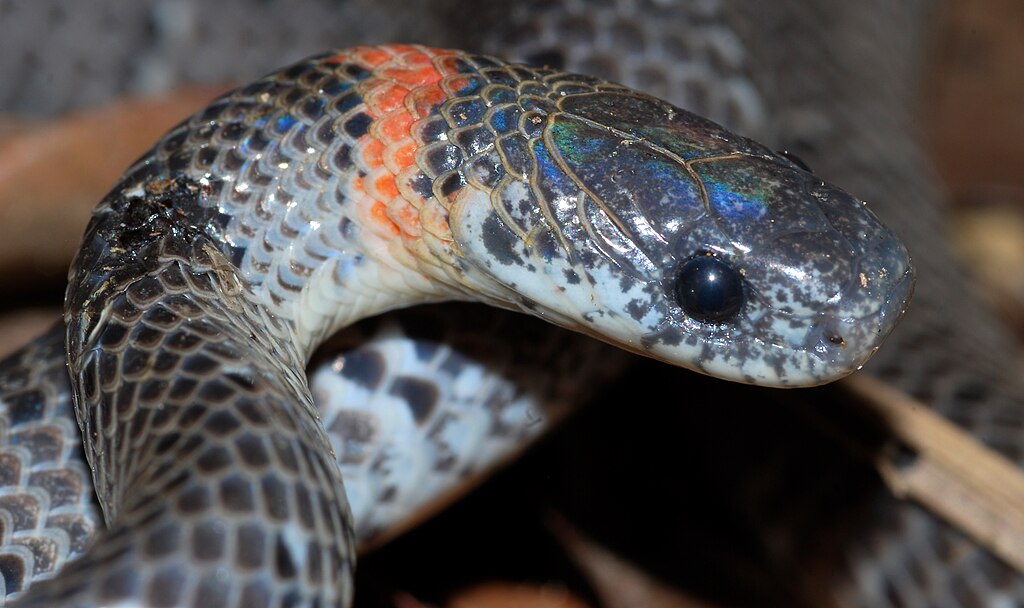
Human activities have significantly altered the dynamics of burrow-sharing behaviors among gopher snakes and their mammalian hosts. Agricultural expansion and urban development have fragmented habitats, reducing suitable burrowing grounds and forcing more intense competition for remaining burrow systems. Rodent control efforts targeting species like gophers and ground squirrels directly impact the availability of burrows for snakes. Climate change is altering seasonal patterns, potentially disrupting the traditional timing of burrow sharing and hibernation cycles. Conservation efforts focused on maintaining diverse grassland and desert ecosystems are crucial for preserving these unique interspecies relationships. Some conservation programs now specifically protect burrow systems, recognizing their importance as microhabitats that support multiple species through these remarkable sharing arrangements.
Research Challenges and Recent Discoveries

Studying the underground interactions between gopher snakes and mammals presents unique challenges that have limited our understanding of these fascinating relationships. Traditional observation methods are ineffective for documenting behaviors that occur beneath the soil, requiring researchers to employ innovative technologies like fiber-optic cameras, ground-penetrating radar, and implanted tracking devices. Recent studies using these advanced techniques have revealed previously unknown aspects of burrow sharing, including evidence that some gopher snakes maintain relationships with specific burrow systems for multiple years. New research has documented instances of various snake species sharing burrows with mammals simultaneously, creating complex underground communities. Citizen science programs tracking burrow activity have expanded our knowledge of geographical variations in these behaviors across different ecosystems. These ongoing research efforts continue to uncover the remarkable complexity of these interspecies relationships that have evolved over millennia.
Conservation Implications of Burrow-Sharing Behavior
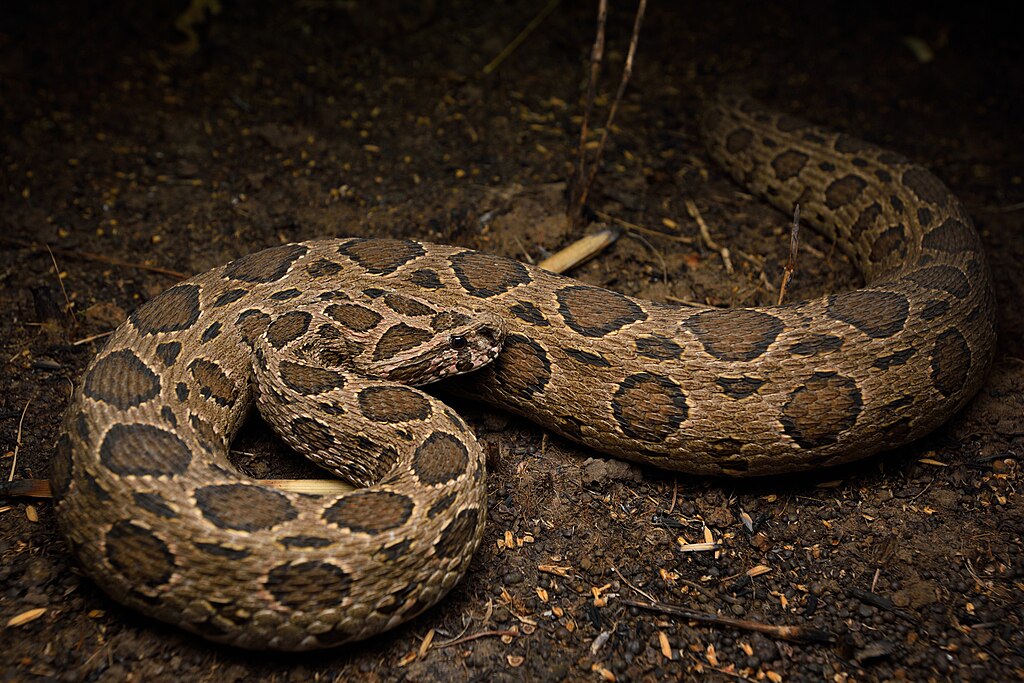
The unique burrow-sharing behavior of gopher snakes carries significant implications for conservation strategies and habitat management. Traditional conservation approaches focusing on single-species protection fail to address the complex interdependencies revealed by these interspecies relationships. The recognition that gopher snakes rely heavily on mammal-created burrows highlights the importance of protecting entire ecological communities rather than individual species. Conservation policies protecting burrowing mammals indirectly benefit their serpentine cohabitants, creating a ripple effect throughout the ecosystem. Management practices that maintain soil integrity and prevent compaction are particularly important for preserving viable burrow habitats. The burrow-sharing phenomenon demonstrates that effective conservation must consider both the visible and hidden relationships that sustain biodiversity, emphasizing the interconnectedness of seemingly disparate species within functioning ecosystems.
Conclusion: Nature’s Underground Roommates
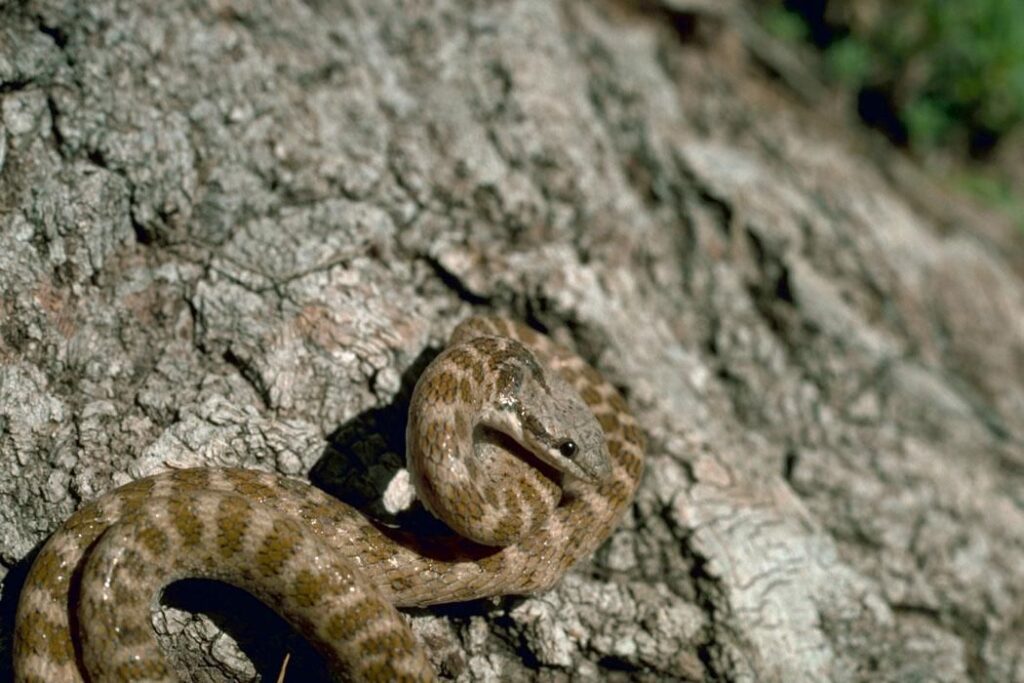
The remarkable relationship between gopher snakes and their burrowing mammalian hosts represents one of nature’s most fascinating examples of interspecies adaptation. This unusual arrangement challenges our understanding of predator-prey dynamics while highlighting the complex web of relationships that sustain healthy ecosystems. As these snakes slither through the underground labyrinths created by their mammalian neighbors, they demonstrate nature’s remarkable capacity for creating unexpected alliances and compromises. The continued study of these underground relationships not only expands our scientific knowledge but also reminds us of the countless hidden interactions occurring beneath our feet. In the quiet darkness of these shared burrows, life continues in a delicate balance of tolerance, opportunity, and adaptation—a testament to the endless creativity of evolutionary processes.




